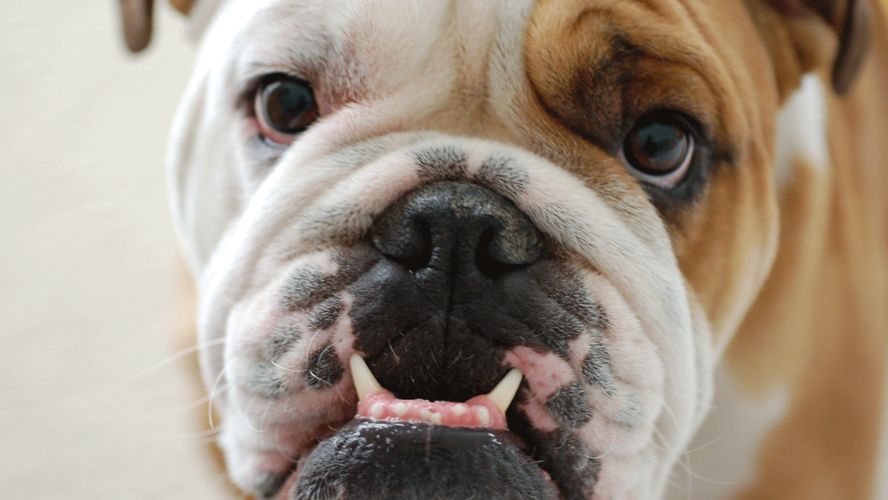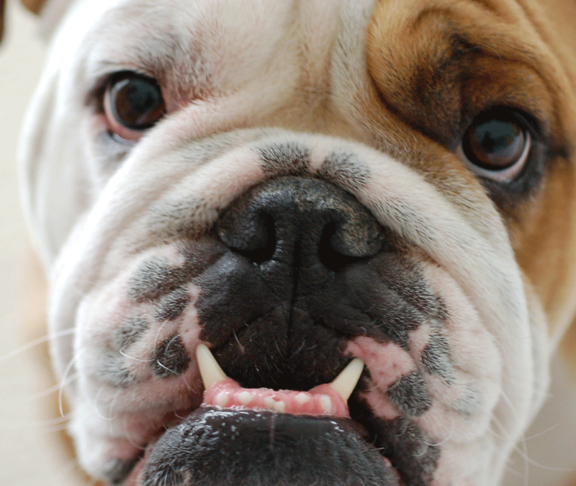Healthy pets go beyond appearance, learn how the CVMA is promoting healthy breeding programs to help Canadians understand the meaning of responsible breeding.
Animal production (breeding) programs focused on specific exaggerated physical features, sometimes referred to as extreme conformations, can result in unintended negative consequences affecting the health and welfare of animals. Some animals are intentionally bred to have extreme conformations to create what are considered desirable physical appearances in some sectors. The prominent visibility of these animals in marketing and social media has increased the demand for certain breeds based on their unique appearance and expected behaviours. Health-focused breeders are now unbale to meet this demand, resulting in less selective breeding by others and, in many cases, the production of animals with poor health who can experience profound suffering and a decreased life expectancy. Unfortunately, the difference between a healthy animal within a breed and one that is likely to suffer ill health and a shorter lifespan is not immediately recognizable by the pet-purchasing public.
It can be difficult for the public to readily distinguish between heathy and unhealthy animals within a breed. Snub-nosed or brachycephalic animals have seen a massive increase in ownership over the past few years which has resulted in an increase in the number of animals produced with conformational extremes and resultant difficulty in breathing as well as other associated health risks. Furthermore, other breeds and species have also experienced a move towards producing animals with conformational extremes that can impact health. These include exaggerated skull shapes and jaw formations, protruding eyes, deep skin folds, eyelids that roll in or sag, excessively long backs, sloped backs, vertebral and other bony malformations, corkscrew tails, excessively long and/or heavy ears, among many other exaggerated body shapes.
The international veterinary community, including the Canadian Veterinary Medical Association (CVMA), is working to address this escalating problem. In an effort to decrease the demand for these animals who often experience significant health issues, CVMA advises prospective animal owners to do their due diligence before acquiring a pet with conformations that may be considered extreme. Prospective owners can seek advice from veterinary professionals or search one of the many reputable sources of information available online such as the International Partnership for Dogs and Vet Compass.
Please see the CVMA’s position statement on Responsible Breeding below for further information.
Responsible Breeding of Companion Animals
This Canadian Veterinary Medical Association (CVMA) position statement applies to all species of animals being bred as companion animals (including service animals) whether their offspring are considered purebred or crossbred.
The CVMA supports the breeding of companion animals only when it is undertaken by those committed to continual health and welfare improvement, providing a high level of care for the breeding animals and offspring, and supporting the animals’ physical and psychological well-being.
The CVMA opposes the selective breeding of animals resulting in a conformation, function, hereditary trait, or temperament, that is potentially detrimental to the quality of life of the resulting offspring.
The CVMA holds that responsible breeding is a shared duty between those who create demand, breeders who select and care for breeding stock, and veterinary professionals who provide care and guidance.
Read the full position statement.


